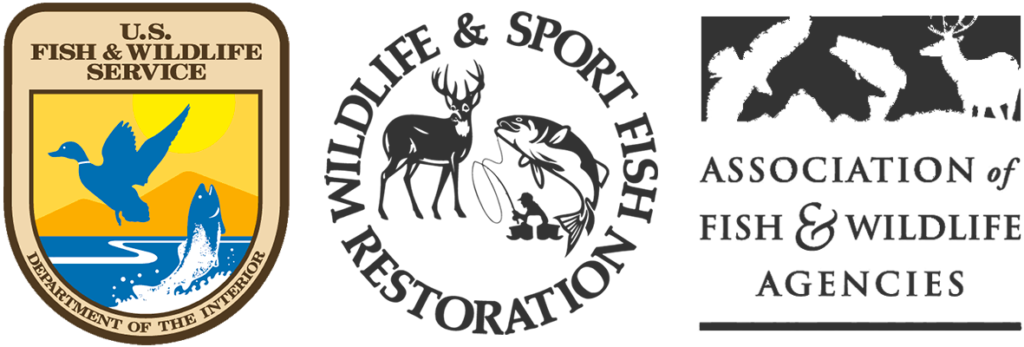Making conservation happen on the ground
State agencies use funding from the Office of Conservation Investment to research and manage fish and wildlife, restore habitat, ensure public access to land and water, provide education to new hunters, anglers and boaters — and much more. This funding is derived from excise taxes on firearms, ammunition, fishing and boating equipment, and motorboat fuel, and is a critical component of state agency budgets.
Partner with a Payer invites state and federal agency employees to join us by attending a tour of a manufacturing facility, or by working with us to host a field tour of the conservation work underway in your state.
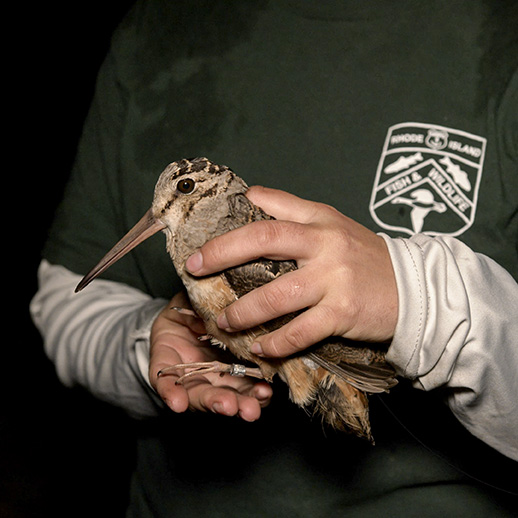
Tracking the Timberdoodle
The Wildlife and Sport Fish Restoration program has funded eight decades of woodcock research, and there’s still more to learn. This ArcGIS Storymap highlights important work being done by the Rhode Island Department of Environmental Management, the Michigan Department of Environmental Protection, and many other partners to study woodcock migration and ensure abundant habitat across the species’ range.
Click here to view the Storymap
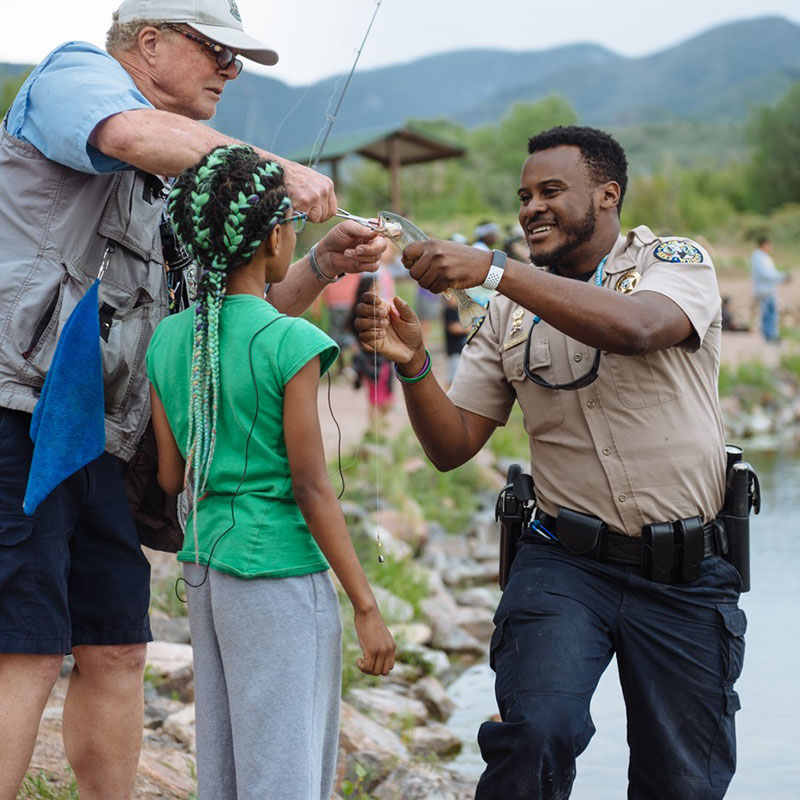
Fishing days
Since 1987, Colorado Parks and Wildlife has used its innovative “Fishing is Fun” program to connect local communities with excise tax money for angling improvement projects. So far, almost 400 of these projects have improved fish habitat, increased public access, built new fishing infrastructure like piers and boat ramps, and developed angling opportunities for youth and seniors. In 2020 alone, the agency awarded $400,000 in Sport Fish Restoration funding for angling improvements across the state.
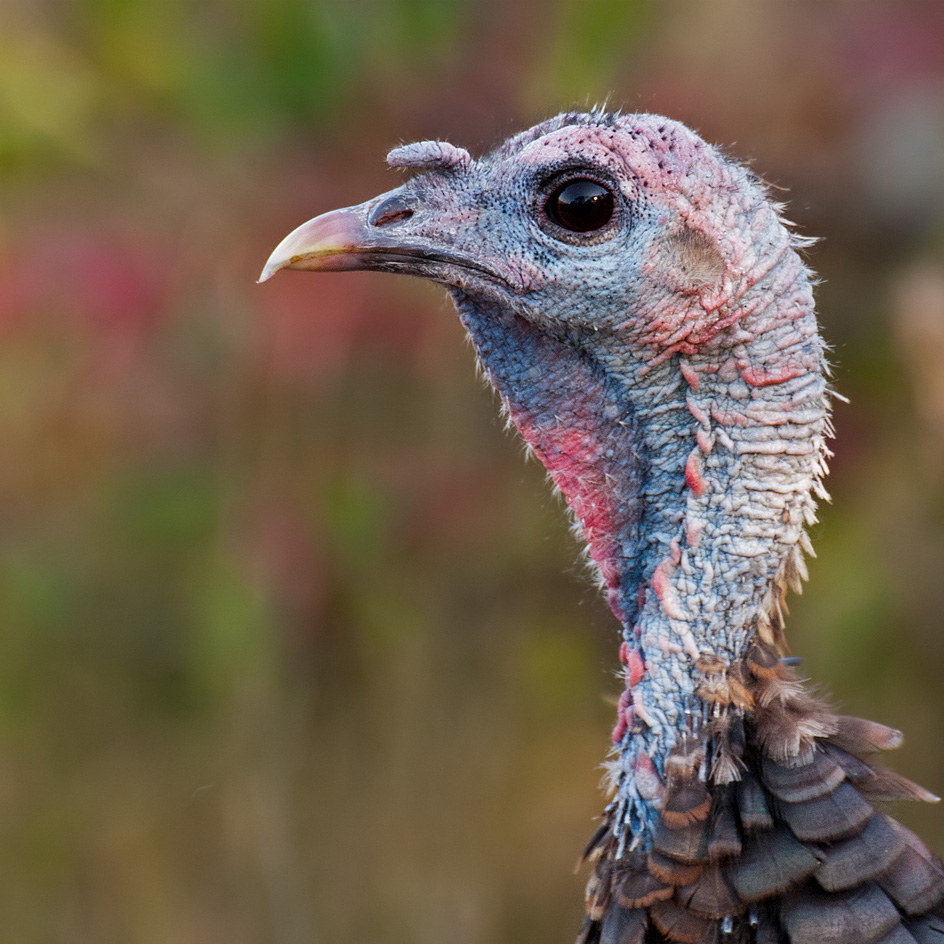
Taking the lead on turkeys
The Oklahoma Department of Wildlife Conservation started with a staff of one in 1909, but has since been responsible for historic recoveries of white-tailed deer, bobwhite quail, and many other species. The department gets 34% of its funding from the Wildlife and Sport Fish Restoration program, and among the beneficiaries of this money are the state’s abundant wild turkeys. After the bird all but vanished from Oklahoma, state wildlife biologists began to reintroduce them in 1948, and by the 1960s had restored populations enough to reopen the spring and fall hunting seasons. State biologists continue to use Wildlife Restoration funding to restore turkey habitat and safeguard populations into the future.
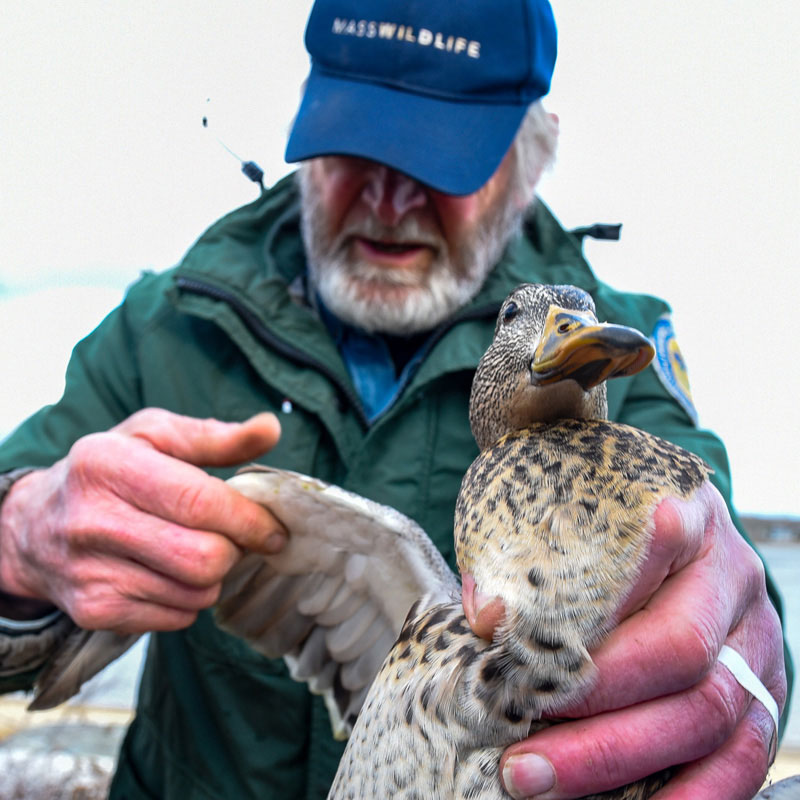
Duck banding and research
MassWildlife uses Wildlife Restoration funds to study and manage the state’s abundant waterfowl. Since 1937, when the Pittman-Robertson Act was first enacted, ducks, geese and other wetland birds have rebounded from dangerously low numbers under careful scientific study and management. With informed management comes new opportunities for hunters, and the growth in waterfowl populations means more available hunting days — one recent estimate pegged an increase in potential waterfowl hunting days of almost 400% since 1937.
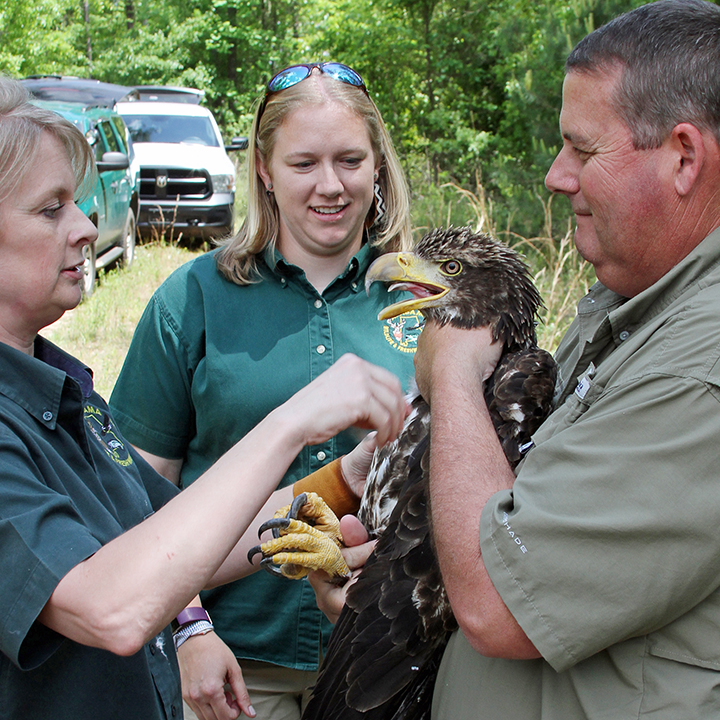
Bringing Bald Eagles back
Wildlife and Sport Fish Restoration funds don’t just benefit animals that are hunted and fished. Many other species of birds, mammals and fish are restored and managed with these funds, including one of America’s most iconic raptors — the bald eagle. Since 1982, the Alabama Department of Conservation and Natural Resources has matched Wildlife Restoration funds with its Nongame Wildlife Fund to bring eagles back to the state, starting with the successful reintroduction of 91 eagle chicks in the 1980s.
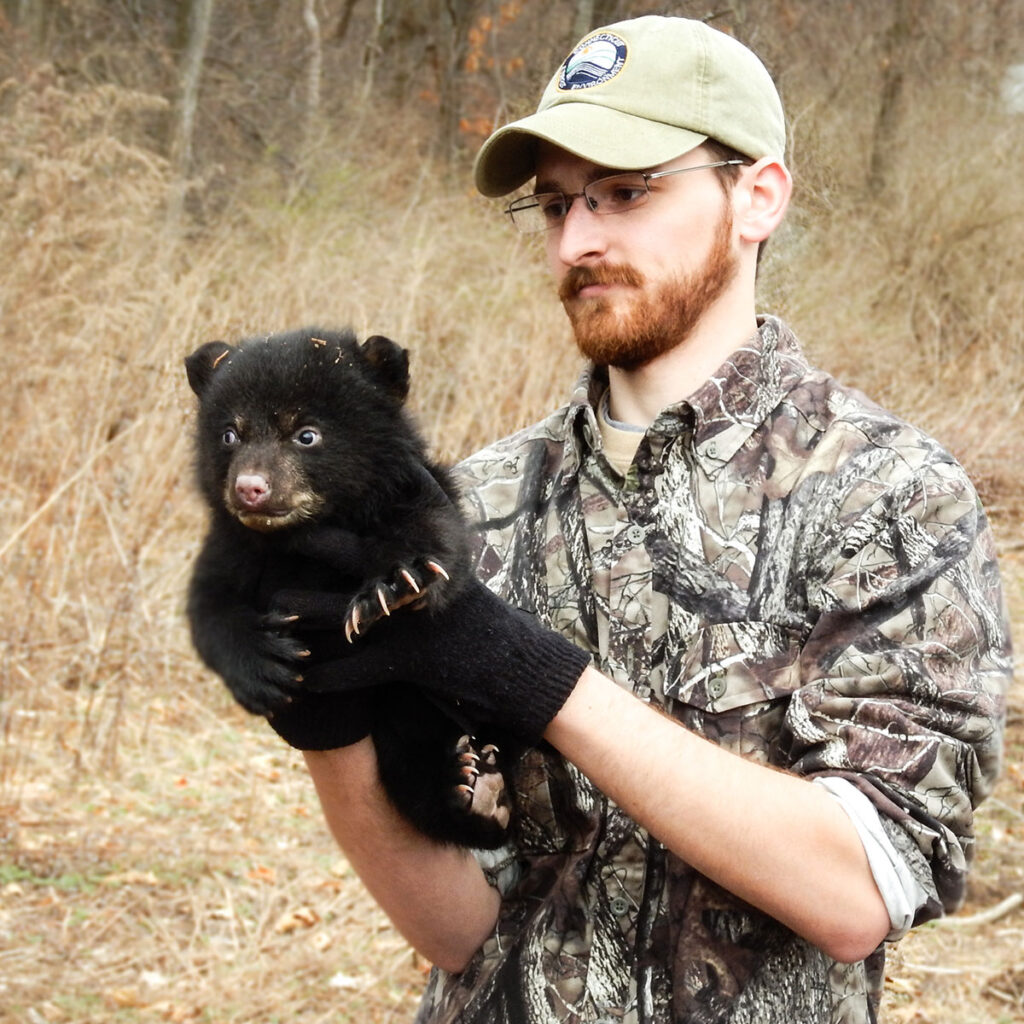
Studying Black Bears
Connecticut is one of many states in the Northeast that use Wildlife Restoration funding to conduct crucial research on the region’s growing population of black bears. Biologists from the state’s Department of Energy and Environmental Protection use it to fund all aspects of their fieldwork — for pickup trucks, GPS tracking collars, tranquilizer drugs and dart guns, medical equipment, and to cover biologist salaries. This funding contributes to an indispensable foundation of scientific knowledge about the species, which lays the groundwork for informed decision making and management.
Enduring Partnerships
Ensuring Fishing and Boating Opportunities in America
Upcoming Events
As part of this initiative, two types of events are held to support this important partnership: field tours and facility tours.
Field tours invite industry representatives to unforgettable in-the-field experiences that illustrate the importance of the conservation funds that make fish and wildlife research, habitat conservation, shooting facilities, fish hatcheries and stocking, hunter and aquatic education, and public access to lands and waters possible.
Facility tours invite state fish and wildlife agency representatives to industry facilities to learn about the processes that manufacturers use to make the products that are taxed and result in a critical funding source for state fish and wildlife agency conservation work.
